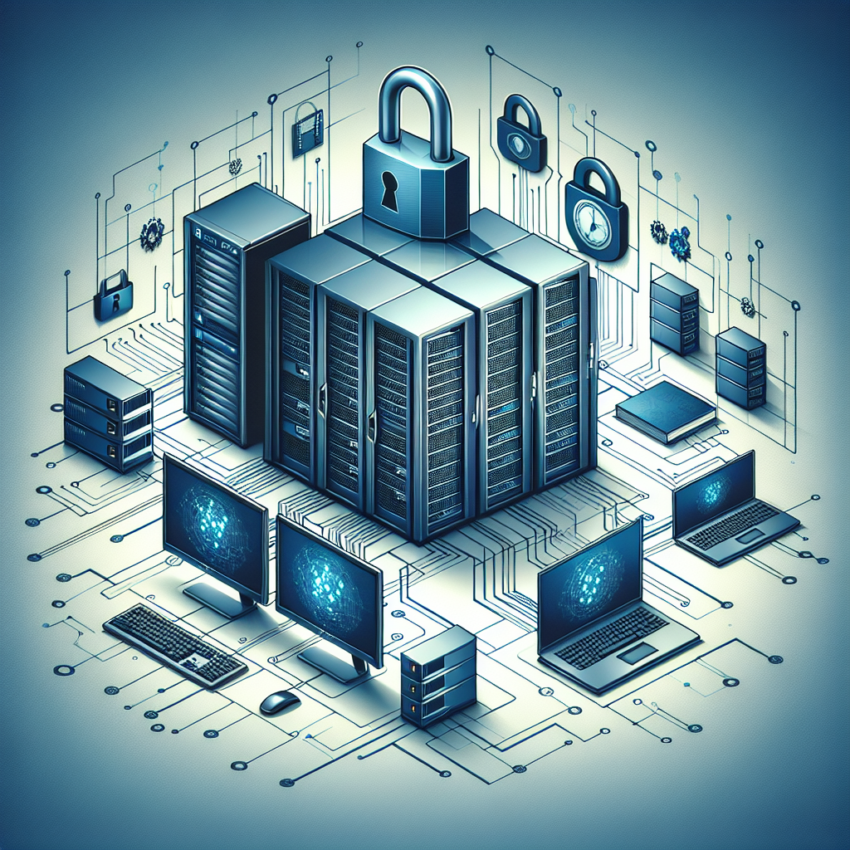Introduction
In today’s interconnected world, securing device servers within an enterprise environment is critical. Device servers act as the backbone for various network-based services, making them prime targets for cyber threats. Protecting these vital components requires a multi-faceted approach involving hardware, software, and administrative controls.
The Importance of Securing Device Servers
Device servers often handle sensitive information, such as customer data, financial transactions, and internal communications. Unauthorized access or breaches can have catastrophic consequences, including data theft, operational disruption, and financial loss.
| Aspect | Potential Risk |
|---|---|
| Unauthorized Access | Data Breach |
| Unpatched Software | Exploits and Vulnerabilities |
| Weak Passwords | Account Compromise |
| Poor Network Configuration | Network-intrusion |
Steps to Secure a Device Server
1. Hardware Security
- Physically Secure Servers: Place servers in access-controlled data centers.
- Use Trusted Hardware: Ensure all components come from reputable vendors.
- BIOS/UEFI Security: Enable password protection to prevent unauthorized changes.
2. Software Security
- Regular Updates: Apply patches and updates to all software and firmware promptly.
- Antivirus and Anti-malware: Implement robust security solutions to detect and mitigate threats.
- Firewalls: Configure firewalls to restrict incoming and outgoing traffic based on security policies.
3. Network Security
- Segmentation: Divide networks into segments to contain potential breaches.
- Monitoring: Continuously monitor network traffic for signs of suspicious activity.
- Encryption: Encrypt sensitive data both in transit and at rest.
4. Access Control
- Strong Authentication: Use multi-factor authentication (MFA) to secure login processes.
- Role-based Access Control (RBAC): Limit access to resources based on user roles.
- Audit Trails: Maintain logs to track access and changes to the server.
5. Administrative Controls
- Policy Development: Establish and enforce security policies and procedures.
- Employee Training: Educate staff on the importance of security and best practices.
- Incident Response Plan: Prepare for potential security incidents with a predefined response plan.
Best Practices for Ongoing Security
Securing device servers is an ongoing effort. Regularly review and update security measures to address new threats and vulnerabilities. Foster a culture of security awareness within the organization to ensure all employees play a part in protecting enterprise resources.
In summary, securing a device server in an enterprise environment requires a combination of hardware, software, and administrative measures. By following these guidelines and maintaining vigilant security practices, organizations can protect their critical infrastructure from potential cyber threats.

